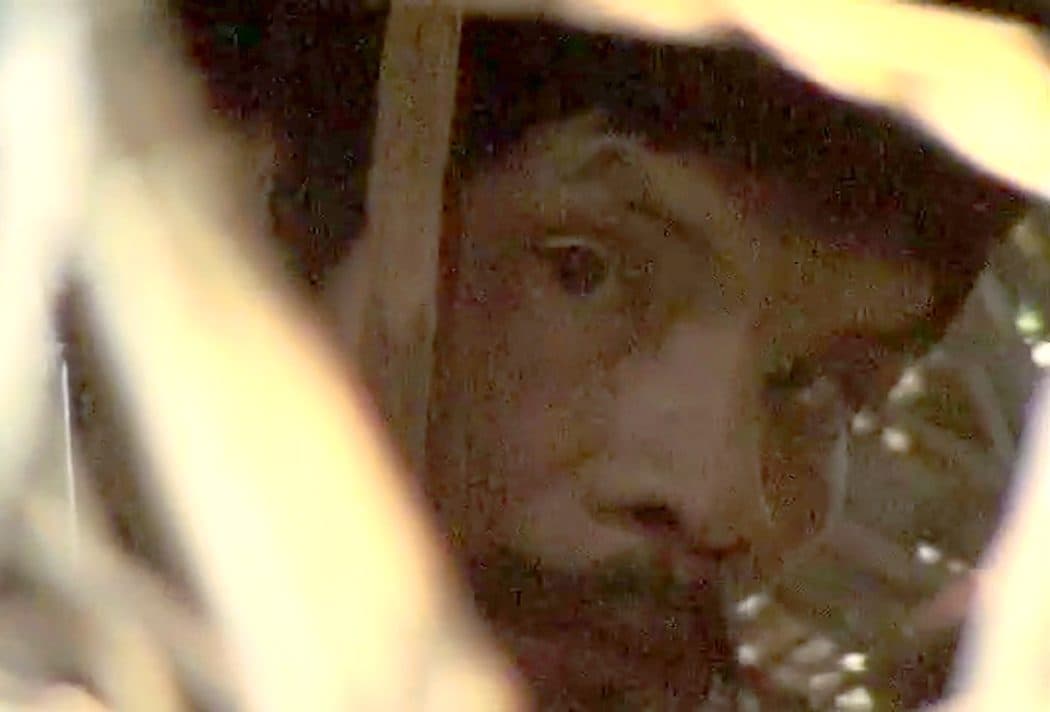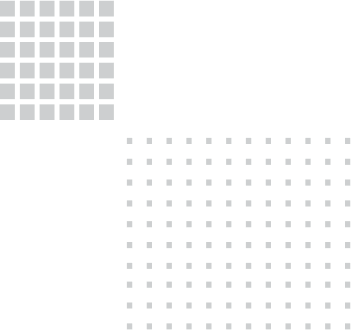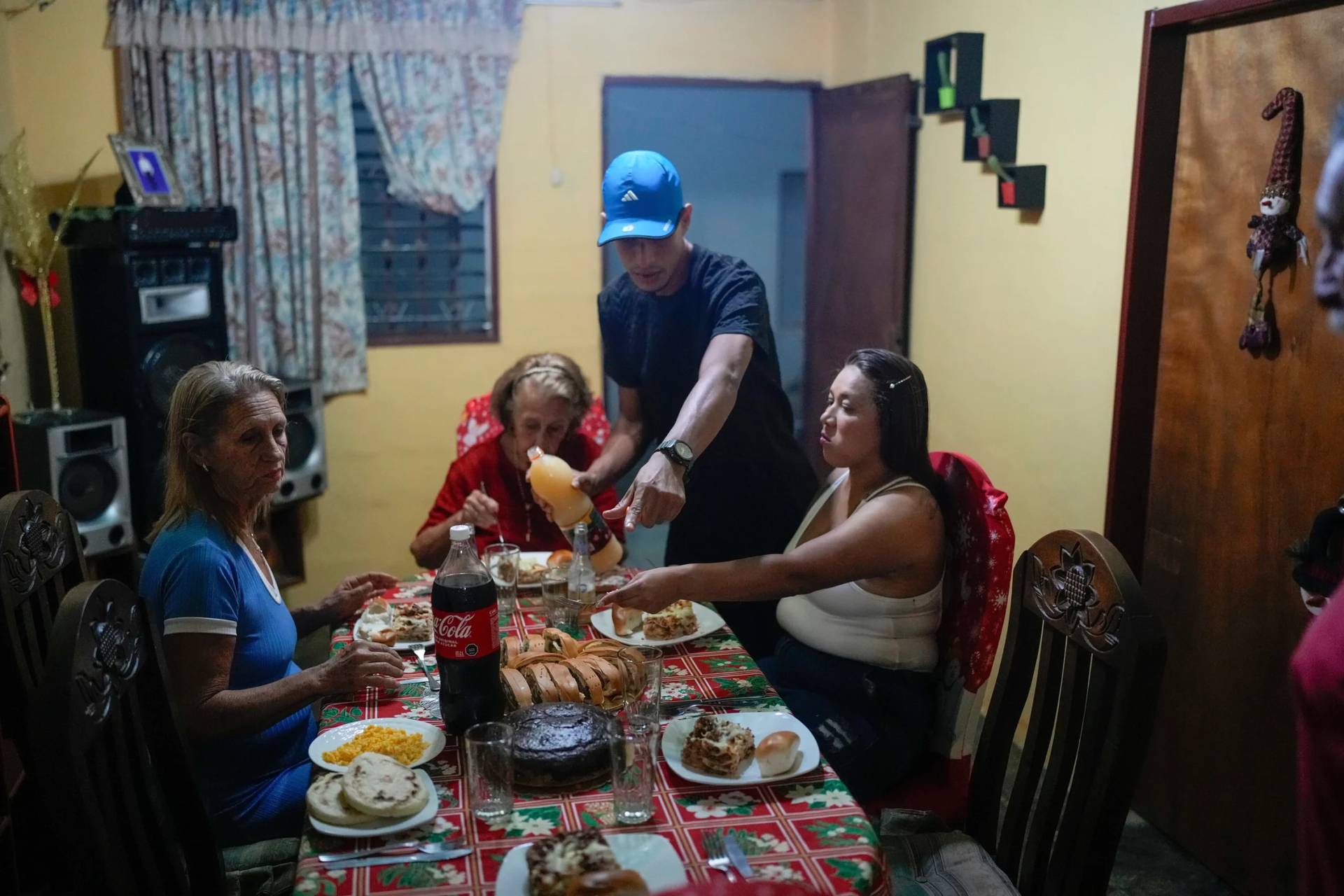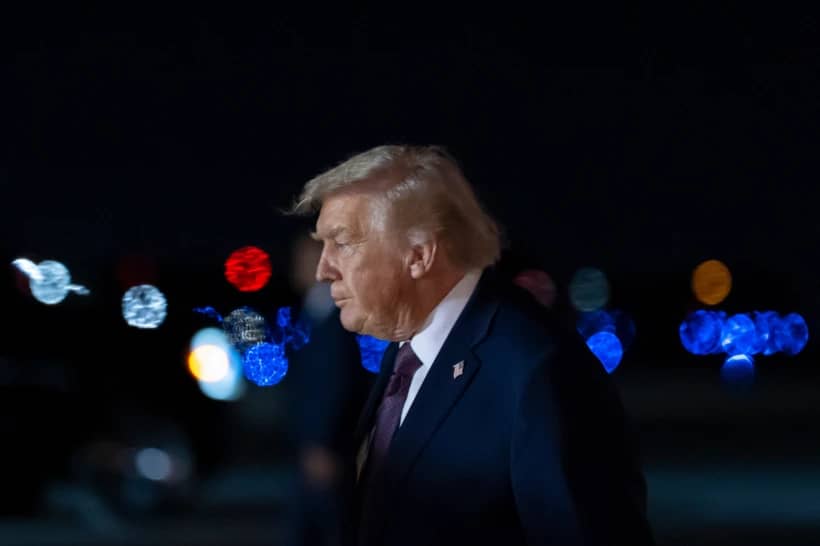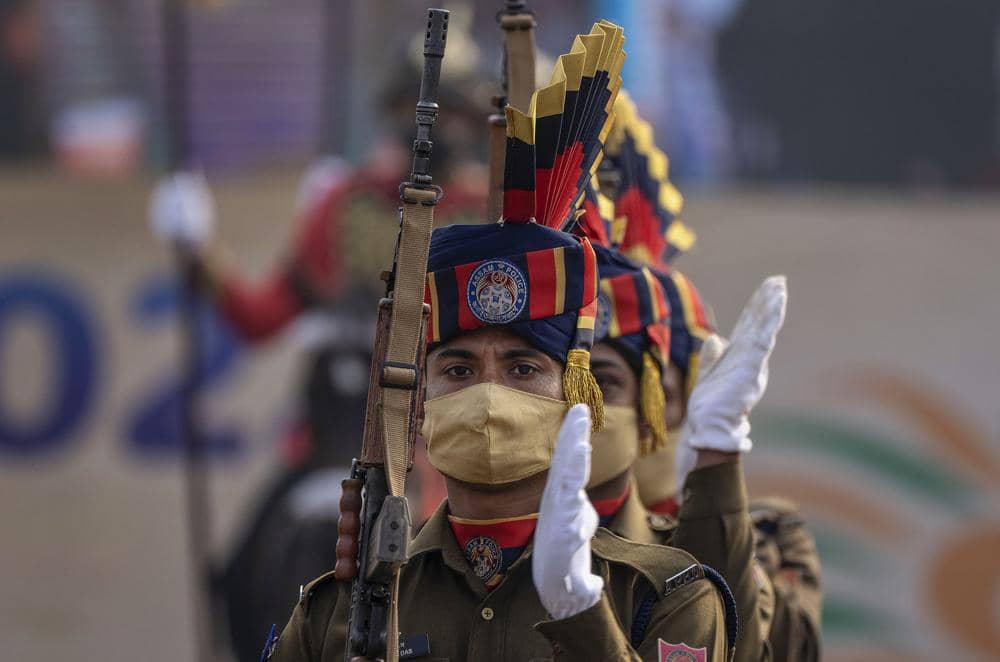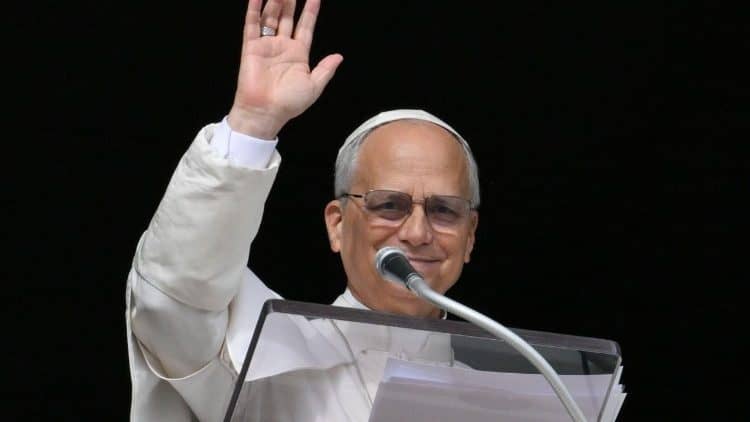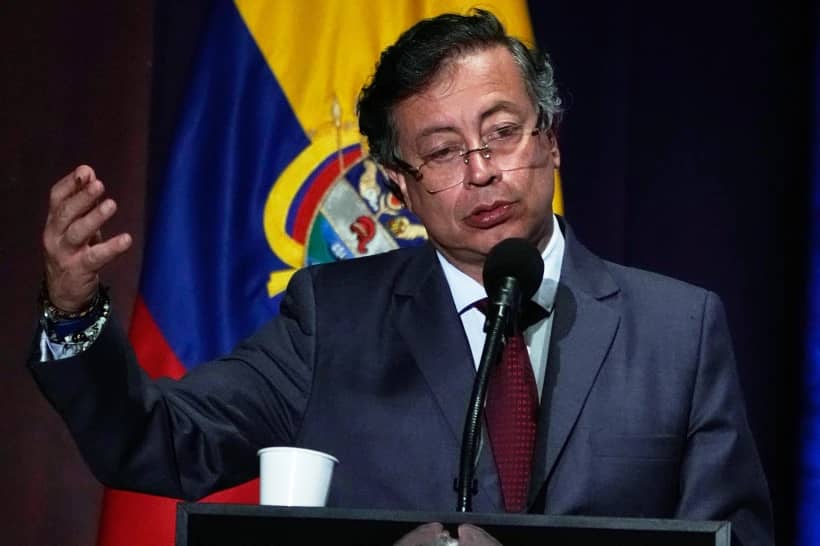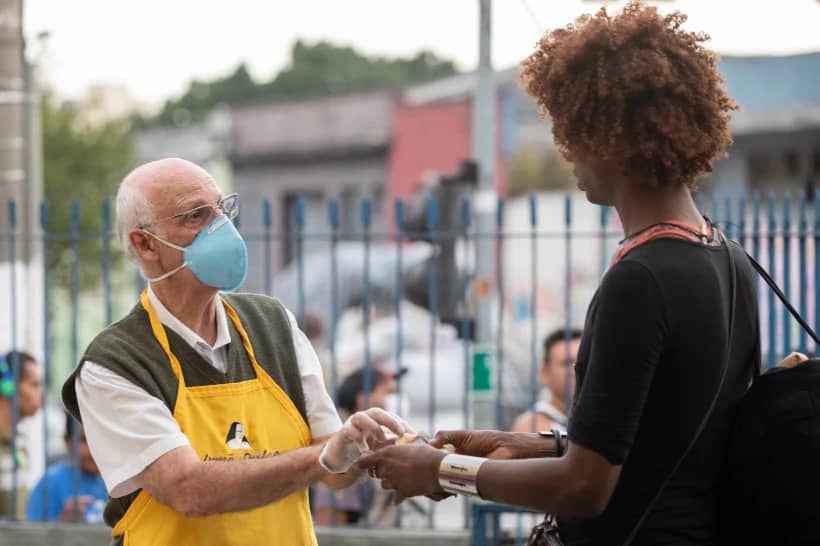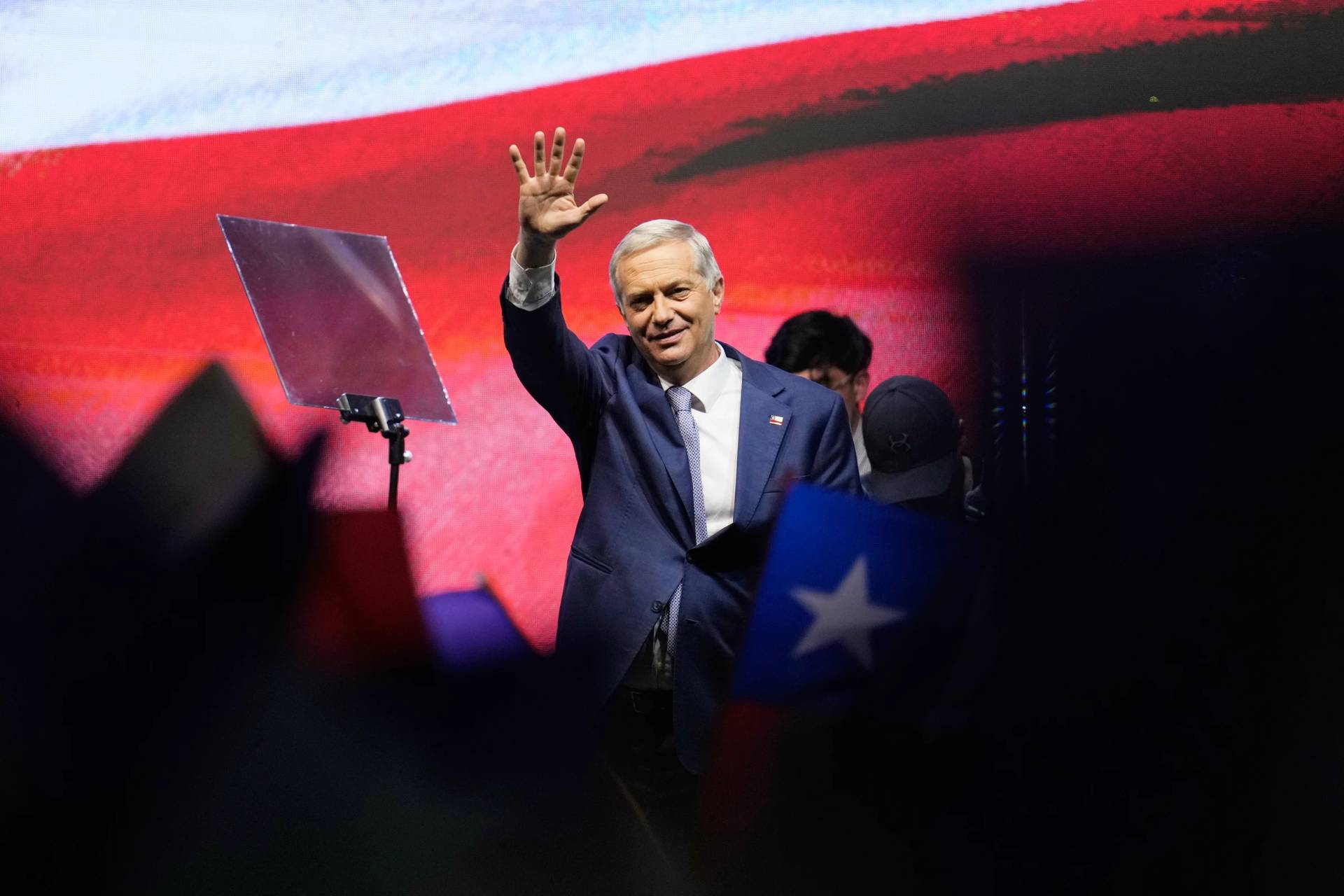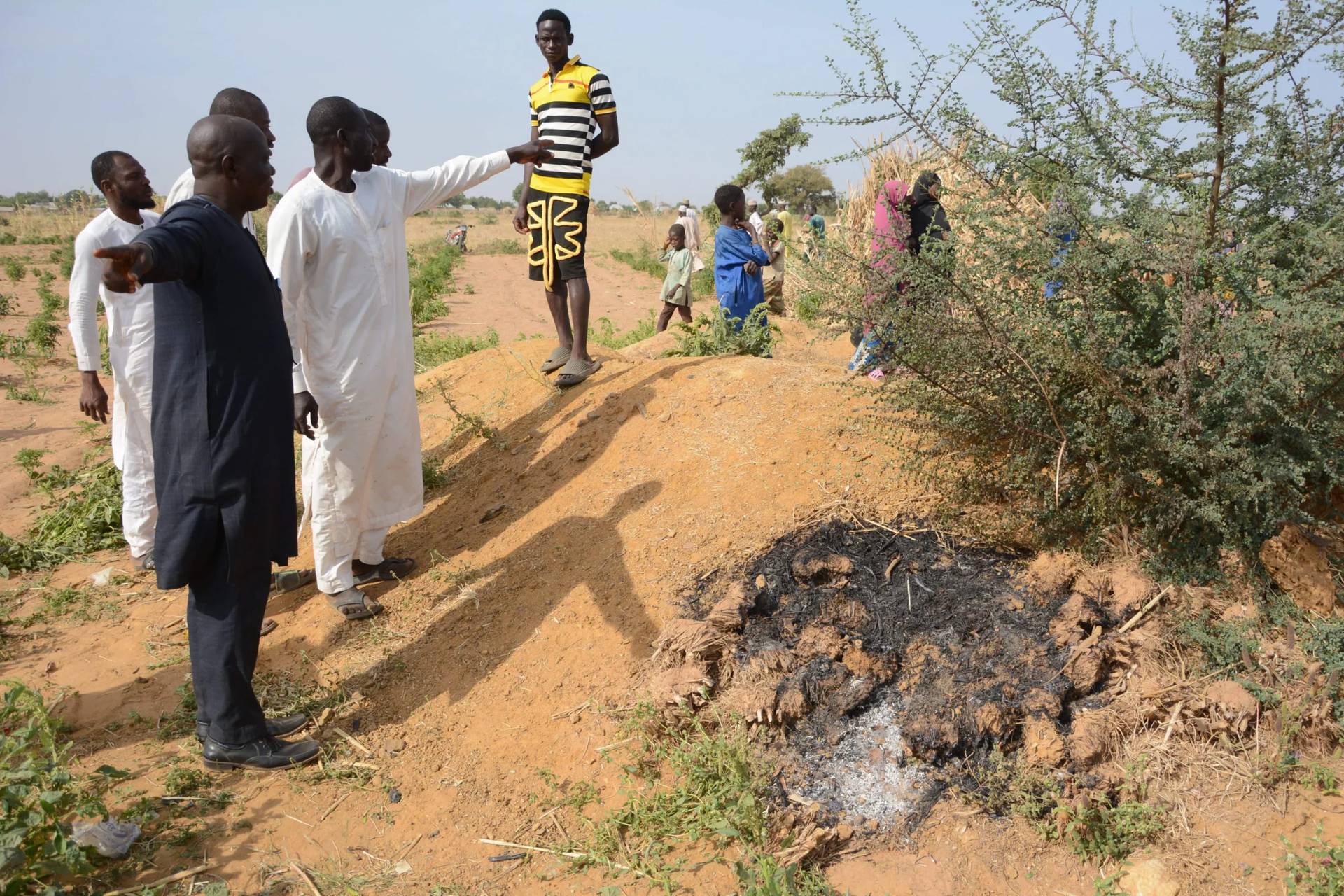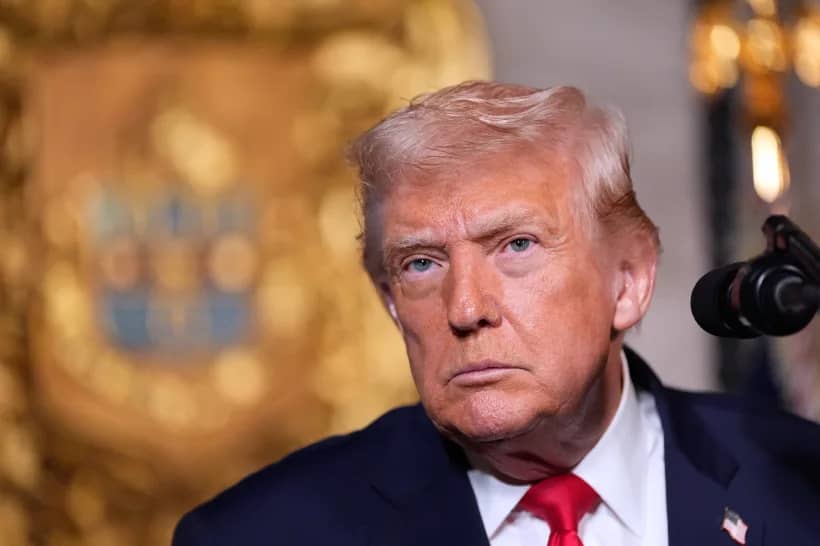SÃO PAULO – An Indigenous man who lived alone in the Amazon rainforest for over three decades – and became a symbol of the bloody massacres behind the story of the so-called isolated Indigenous groups – wasn’t the last member of his people, according to a study being conducted by the Brazilian Bishops’ Conference’s Indigenous Missionary Council (known as CIMI).
The man, who was found dead in a shack in 2022, was known in Brazil as the Indigenous Man of the Hole, given that no information about him could ever be discovered and all that the government’s anthropologists knew was that he would always dig a deep hole inside each new hut he built.
The Indigenous Man of the Hole was alternatively called Tanaru, the name of a river in Rondônia State which also became the name of his Indigenous group. No other member of the Tanaru people has ever been contacted.
His tragic fate was first documented by agents of the government’s indigenous agency, the National Foundation of the Indigenous Peoples (known as FUNAI), along with French-born anthropologist and movie director Vincent Carelli.
In 1985, a massacre of Indigenous groups occurred in the region of Corumbiara, in Rondônia. The area had been distributed to ranchers and loggers by the military dictatorship (1964-1985) since the 1970s. The regime falsely claimed that no Indigenous people lived there. Deforestation was accelerated and Indigenous groups were slaughtered.
Carelli was called to register what was going on. He would accompany the story for over two decades, until releasing the documentary movie Corumbiara in 2009. In different moments, he would find and talk to isolated Indigenous groups, like the Kanoê.
In 1996, he taped FUNAI agents trying to get in touch with the Indigenous Man of the Hole. The scene, which became legendary among Brazilian anthropologists, showed the continuous refusal of Tanaru to get out of his shack and establish a dialogue with the agents. He even avoided exposing his face, so there are only a small number of frames showing him.
The footage – as well as the contact with the Kanoê – demonstrated that the military dictatorship lied and that the region was indeed inhabited. The Brazilian government was pressured and ended up declaring the area where Tanaru and other groups were found in isolation as having “restricted use.” Despite several invasions, the territory remained largely preserved thanks to Tanaru’s presence.
Other attempts of reaching out to him – those occasions often involved offering him food and tools – would fail over the years. In 2022, he was found dead in a hut, lying on a hammock with ceremonial adornments, a sign that he knew death was near and prepared for it.
An investigation was conducted on the cause of death (with no conclusion) and his corpse was kept for over two months by the government, till it was finally buried after protests of activists.
He left more than 50 shacks and hundreds of holes in the territory. The exact function of them was never understood – some experts speculate they could have ceremonial value.
Since his death, observers have been denouncing that the land is being disputed by ranchers. Activists fear that Tanaru’s longtime enemies – the non-Indigenous invaders of the Amazon – can conquer his territory.
But CIMI’s ongoing study on the Tanaru people may transform the scenario. Sister Laura Manso, an anthropologist and a CIMI agent – herself an Indigenous woman – has been collecting testimonies of an Indigenous family that live in a different region of the State and that claim they are originally from the Tanaru territory.
“More than 20 years ago, CIMI missionaries who worked at the Indigenous Land Mequéns got in contact with a lady called Mercedes. She refused to be registered as a member of the Sakyrabiat group [among which she lives] and said she was part of the Guaratira people,” Manso told Crux.
Mercedes narrated a story full of violence. She said she was forced to move to different regions several times and that her group would dig deep holes in order to protect themselves from attackers.
“She said that many, many people died due to the diseases brought by the non-Indigenous men,” Manso added.
Mercedes’s longtime dream was to go back to the Tanaru land, taking her children and grandchildren with her.
“She would never make it. She died in 2015,” Manso said.
One of her children, Rosalina, has been actively trying to recover her mother’s story. She presented to Laura Manso identification documents of other people who were registered as members of the Tanaru group.
“When I asked Rosalina if the Tanaru were extinct, she said: ‘No, we are still here, protecting the stories of our mother’,” Manso said.
CIMI agents are now pressuring FUNAI to adequately recognize Mercedes’s family as members of the Tanaru people. They are visiting other Indigenous areas and interviewing people, with the intent of producing a report about what looks like the dispersion of the Tanaru people.
“By now, there’s a court ruling favorable to the idea of transforming the Indigenous Land Tanaru into a park. But the pressure of the ranchers has been strong,” Manso said. “It’s a long battle.”
